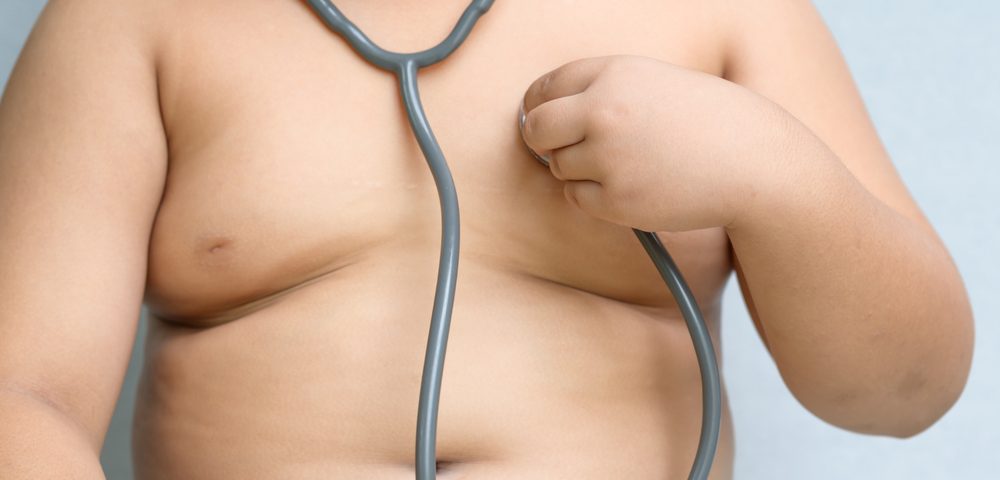While recent studies have indicated that childhood obesity epidemic has reached a plateau, Dr. Ilene Fennoy, pediatric endocrinologist and medical director of Columbia University Medical Center’s Center for Comprehensive Adolescent Bariatric Surgery, presented evidence demonstrating the ongoing challenges of the condition, especially when considering the prevention or disease reversion in young people with severe obesity.
Fennoy’s presentation took place at the 25th Annual Scientific & Clinical Congress of the American Association of Clinical Endocrinologists (AACE), in Orlando, Florida, at a Meet-the-Experts session. The evidence presented highlighted that adolescents ages 12 to 19 with severe obesity are at a higher risk of remaining obese when adults, and at higher risk for obesity-related conditions, such as hyperlipidemia, metabolic syndrome, insulin resistance/diabetes, hypertension, polycystic ovarian syndrome, non-alcoholic fatty liver disease, and premature death.
Fennoy also highlighted the outcomes of studies looking at interventions for childhood obesity, including lifestyle changes involving dietary modifications and increased physical activity, pharmacological interventions, as well as weight-loss surgery. According to her, each study emphasized the need for more effective treatment interventions for young people with severe obesity.
Evidence from published studies shows that exercise and diet interventions in children with severe obesity have a modest short-term effect on weight loss and co-morbidities. Fennoy said few studies have looked at the long-term outcomes for adolescent weight-loss surgery, and many adolescents with severe obesity don’t qualify for surgery or have limited access because of insurance coverage.
“There is no question that this is a serious problem and it continues to grow,” Fennoy said in a press release. “And while there is recent and promising data documenting the safety and longevity of currently available approaches to this problem, it is evident that more research is necessary for both prevention and treatment.”
A person is classified as being severely obese when their body mass index (BMI) is greater than 40, or they are more than 100 pounds over their ideal body weight. In the United States, 4 percent to 6 percent of all young people have severe obesity, and this prevalence continues to rise.
The AACE is the largest association of clinical endocrinologists. Most of its members are focused on the care and treatment of patients with metabolic and endocrine disorders, including obesity.


